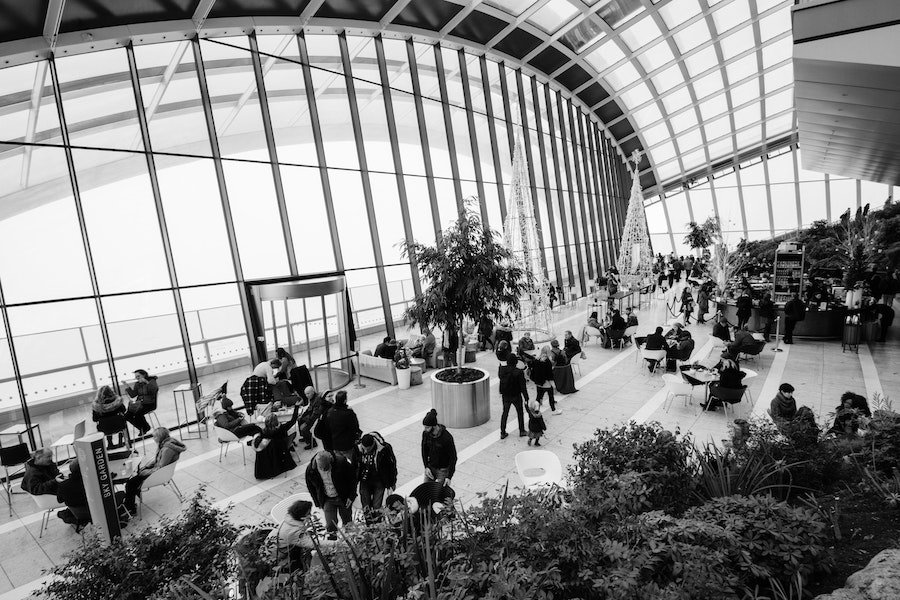As the outline of a new property landscape appears through the settling dust, investment professionals can start to do their jobs again.
When the UK moved into lockdown, inaction became the preferred strategy of many investors, and the investment market saw trading drop sharply. Doing something – buying, selling or lending – was like trying to catch a falling knife. Deals done since March have largely been those on which the wheels were set in motion pre-covid, perhaps completed now more slowly than planned and on revised terms.
According to CBRE’s monthly UK index, commercial property values fell by 7.2% between January and July 2020, with retail the worst performing of the main sectors by some margin. One would have to be a tremendous optimist to imagine this is anywhere near the end of the correction, which is sure to persist well into double-digit territory on an all-sectors measure – with retail continuing to apply much of the downward pressure.
However, a price correction under way generates an environment of negotiation where bargains can be secured. That much of the distress is heavily concentrated in retail and hospitality also creates greater
confidence to look at other property sectors. Pressure will now build on fund managers (and lenders) to move off the sidelines and get back to participating in the market. September is looking like a back-to-work month for the investment world.
Doing something – buying, selling or lending
– was like trying to catch a falling knife
Interestingly, CBRE’s figures show that industrial values – while down for the year-to-date – did record a small month-on-month increase in July of 0.3% compared with June. The truly gravity-defying performance comes from industrial take-up, which for big boxes hit a record high in the first half, according to Savills. This was driven mostly by e-commerce firms enjoying a surge in demand during the lockdown, which has accelerated the migration to online shopping.
The chancellor’s announcement of a stamp duty land tax holiday for deals up to £500,000 is injecting new life into the housing market, with Rightmove reporting a surprise 3.7% annual rise in its UK price index in July. This has coincided with stirring interest among investors in private rented housing.
As a consequence, and despite a very deep recession and global pandemic, we can talk about there being a market to trade in. Some describe the current situation as “beds and sheds”, although one should probably also include fully let offices in central London’s tech belt and supermarkets with index-linked rents. The key point, though, is that there are sectors into which investors are feeling the confidence to deploy money, and the flow of capital into opportunity funds means there is dry powder to hand.
Investors are feeling the confidence to deploy money, and the flow of capital into opportunity funds means there is dry powder to hand
To add to these pressures on investors to get back to churning their portfolios is the changing nature of the virus’s influence on market sentiment. News headlines of progress towards a vaccine have been greeted by equity market rallies. This demonstrates we are now in a phase where news about the pandemic does not automatically prompt a return to ‘risk off’, because we are evolving towards increased control of the situation.
The growing likelihood of a working vaccine will raise new questions for the property world to ponder. What will it mean for real estate when we can once again crowd close to strangers – in a commuter train, in an office, in a busy pub or a cinema? Will we drift back to old habits, or has a permanent behavioural change occurred? Having discovered the vulnerability of long supply chains, will our logistics networks change from global back to regional?
Once we can go back to work in large numbers, firms will discover what the future balance is going to be between the office and working from home. Only then will the property world find out how much office space needs to be converted to other uses. The same will be true of city-centre retail and hospitality premises. A future where more buildings are mixed-use appears to beckon, which could result in assets that offer safer income streams due to diversity of occupation. This is another reason why it is back to work for investors this autumn: thought needs to be applied to the long-term future of real estate, beyond the pandemic.








